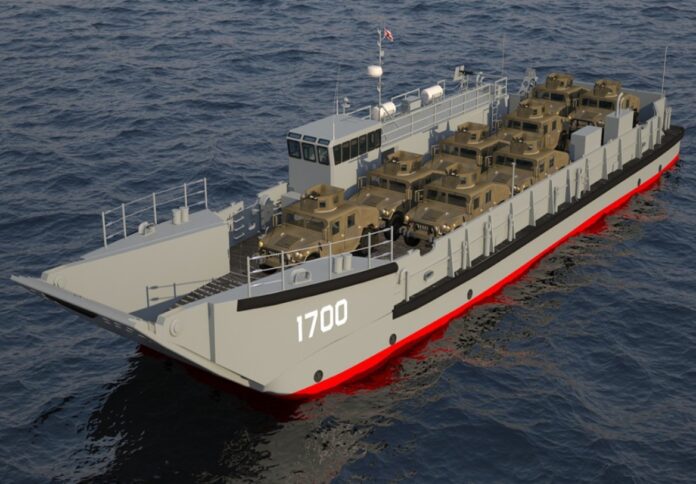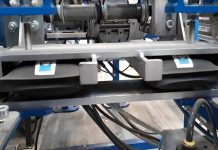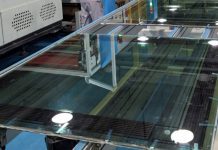
Austal announced that its US subsidiary, Austal USA, has been awarded a contract modification valued at USD 54,997,317 (AUD 84,455,364) for the construction of two additional Landing Craft Utility (LCU) 1700-class vessels for the United States Navy.
This latest modification extends the previous contract, initially awarded in September 2023, which included the construction of three LCU 1700-class vessels with options for up to nine more.
With the new modification, the total contract value for up to 12 vessels now stands at USD 379.7 million (AUD 587.6 million).
This brings the total number of LCUs currently scheduled or under construction at Austal USA to five, the ASX-listed company said in a media release.
Austal Limited’s Chief Executive Officer, Paddy Gregg, expressed his enthusiasm about the contract modification, underscoring it as a testament to Austal USA’s successful start in constructing the first LCU vessel for the US Navy.
“The United States Navy has recognised that Austal USA has made a great start to construction on the first LCU craft and has now exercised options for another two vessels; to be constructed at the Mobile, Alabama shipyard,” Gregg said.
Gregg further praised the Austal USA team for their performance on various naval shipbuilding projects, including Towing, Salvage, and Rescue (T-ATS) ships and Ocean Surveillance (T-AGOS) ships.
“We look forward to seeing these LCU 1700 class vessels join the fleet in the coming years and thank the United States Navy for again showing their great confidence in Austal USA’s shipbuilding capabilities,” he added.
The LCU 1700-class vessels are designed with a heavy-lift capacity of 170 tons and are intended to support a range of military operations.
These vessels will be deployed with the US Navy’s amphibious assault ships to facilitate the delivery of vehicles, troops, and cargo from ship to shore and vice versa.
The LCUs feature a roll-on/roll-off monohull configuration with hydraulically controlled ramps for efficient loading and unloading, and are designed to operate independently or as part of a convoy with a range of 1,200 nautical miles and a top speed of 11 knots.



















